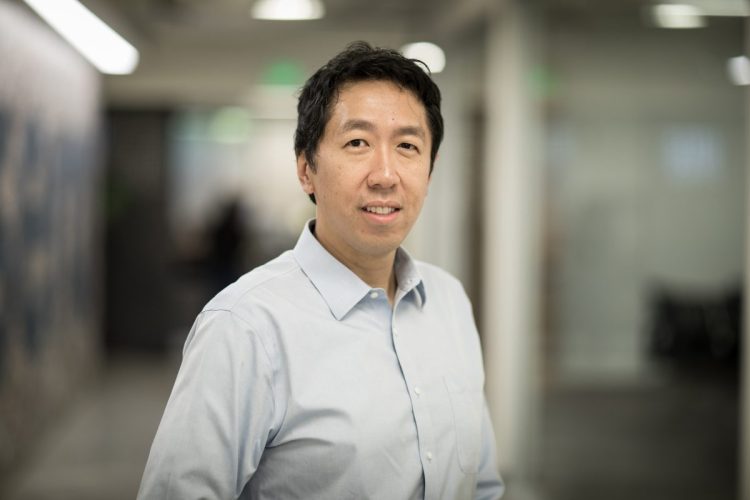Watch all the Transform 2020 sessions on-demand here.
As AI rises in popularity, there are a slew of businesses new and old looking to market themselves as “AI companies.” But Andrew Ng, one of the founders of the Google Brain team and a luminary in the space, said that there’s more to being an AI company than just using a neural net.
In his view, while it’s possible to create a website for a shopping mall, that doesn’t make the mall an internet company. In much the same way, just implementing basic machine learning does not make a standard technology company (or any other business) an AI company.
“You’re not an AI company because there are a few people using a few neural networks somewhere,” Ng said. “It’s much deeper than that.”
He’s speaking from experience working at Google and as the chief scientist for Chinese tech giant Baidu, both of which are pioneers in AI space.
June 5th: The AI Audit in NYC
Join us next week in NYC to engage with top executive leaders, delving into strategies for auditing AI models to ensure fairness, optimal performance, and ethical compliance across diverse organizations. Secure your attendance for this exclusive invite-only event.
There are a few key traits of AI companies that Ng has identified so far. First and foremost, AI companies are strategic about their acquisition of data, which is used as the fuel for machine learning systems. It can provide a massive advantage to companies that manage to set up the virtuous cycle.
Once an AI company has acquired the data, Ng said that they tend to store it in centralized warehouses for processing. Most enterprises have their information spread across multiple different warehouses, and collating that data for machine learning can prove difficult.
AI companies also implement modern development practices, like frequent deployments. That means it’s possible to change the product and learn from the changes.
And finally, Ng said that job descriptions will have to change at AI companies. He pointed to the shifting role of product managers in the organizations where he worked as a key example. In the past, one key way a PM could direct an engineering team was through producing wireframe diagrams laying out the way an application should work.
That isn’t as useful for AI use cases like autonomous vehicles and chatbots, Ng said. Instead, PMs should start working with data and metrics about the performance of AI systems like precision and recall percentages.
In the future, Ng expects more traits of AI companies to emerge. For example, he said that the importance of A/B testing to the success of internet companies wasn’t identified until later — that pattern should hold in the AI world.


